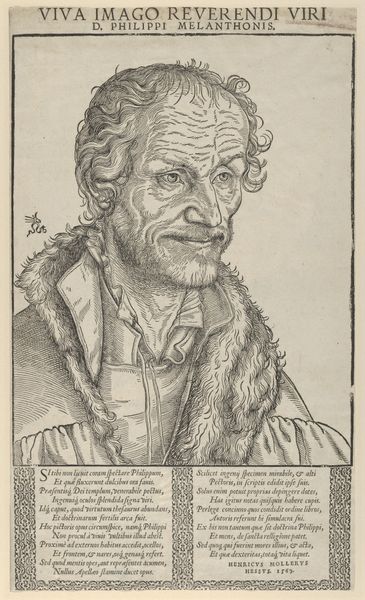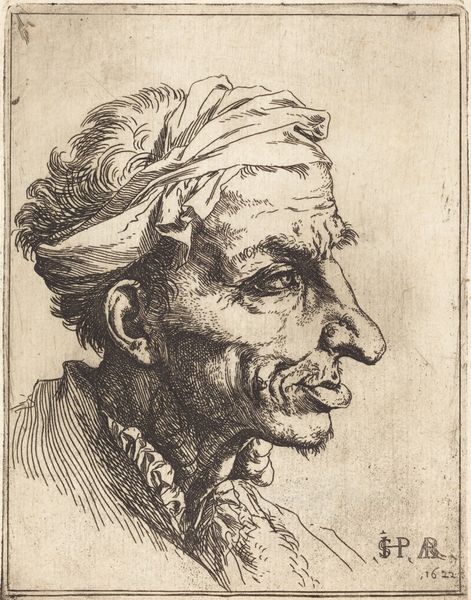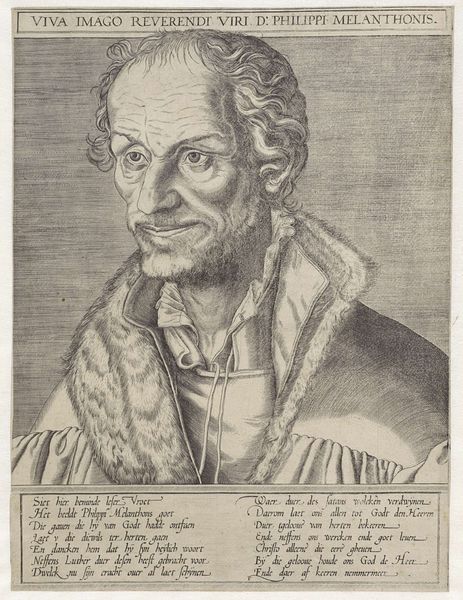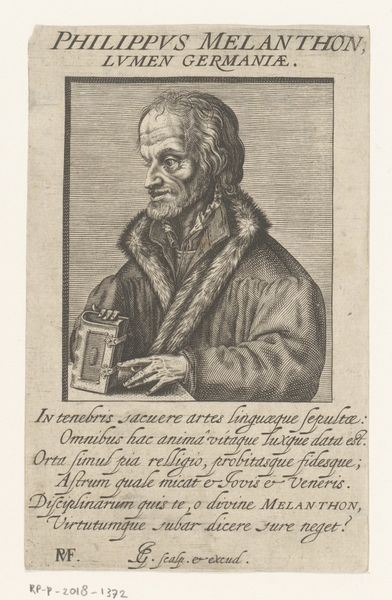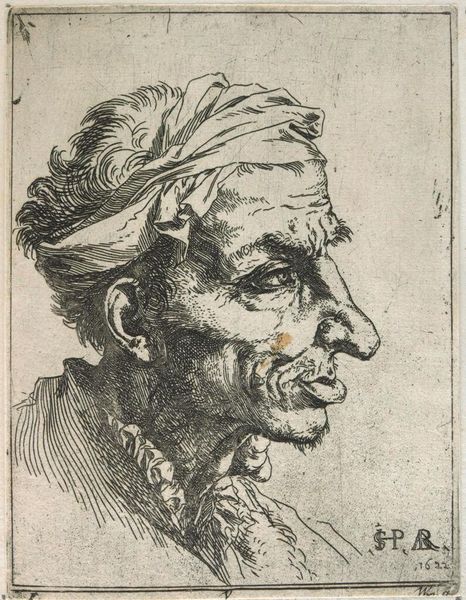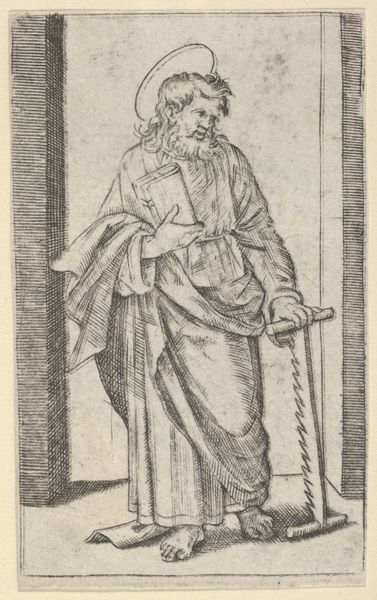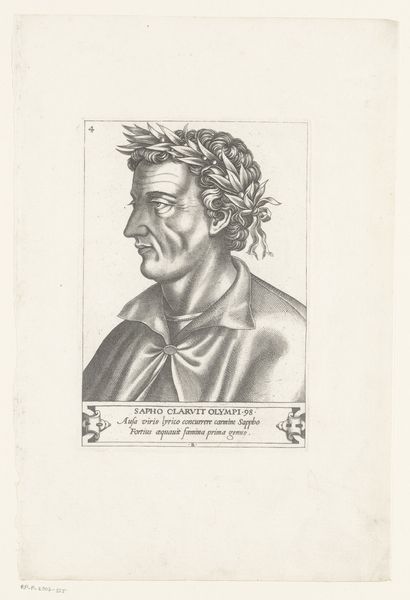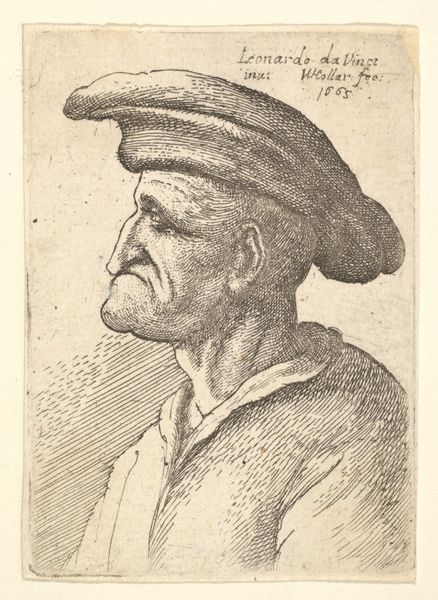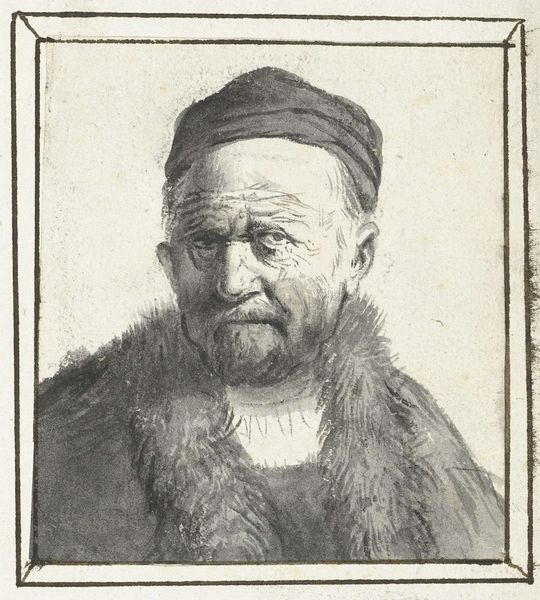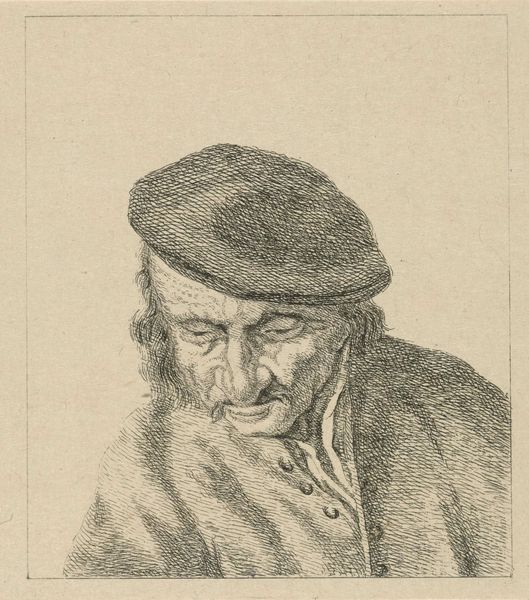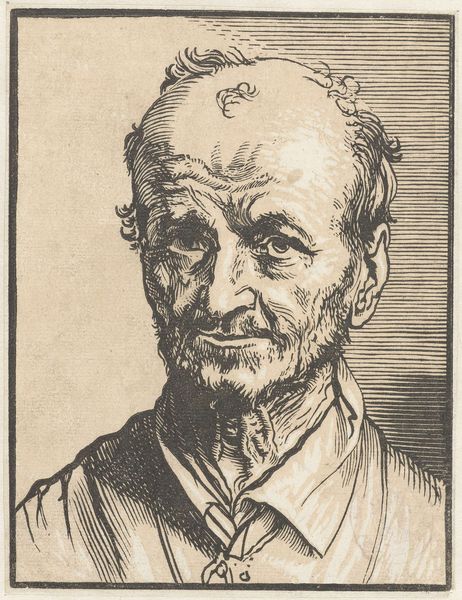
Philip Melanchthon, Bust to the Right 1472 - 1553
0:00
0:00
Dimensions: Sheet: 13 1/4 × 8 7/16 in. (33.7 × 21.5 cm)
Copyright: Public Domain
Lucas Cranach the Younger created this bust portrait of Philip Melanchthon in print. Note the fur collar, a symbol of status, framing Melanchthon’s face, a man of great importance during the Reformation. But look closer at the use of fur. Throughout the Renaissance, fur has been used to denote wealth, power, and even moral virtue, seen in portraits across Europe. Yet, the primal nature of animal fur hints at something deeper. It connects us to the untamed wilderness, a reminder of our ancestral past. Consider how the psychological weight of this symbol has evolved. In ancient times, animal skins were worn for survival, imbued with the spirit of the animal itself. Now, it signifies sophistication, a veneer of civility draped over our inherent, perhaps darker, impulses. Cranach’s use of fur speaks to this duality, a visual echo of how we negotiate our place between nature and culture.
Comments
No comments
Be the first to comment and join the conversation on the ultimate creative platform.
